Part 3: Sustainably Meeting Costs—Why Context Matters More than Numbers
Without context on cost of production and other costs throughout the supply chain, the price paid for coffee is just a number. Think of it like rent: if I told you what I pay for my apartment, the number would be meaningless without knowing more about its size, location, and the general cost of space in my region. The same is true for coffee pricing.
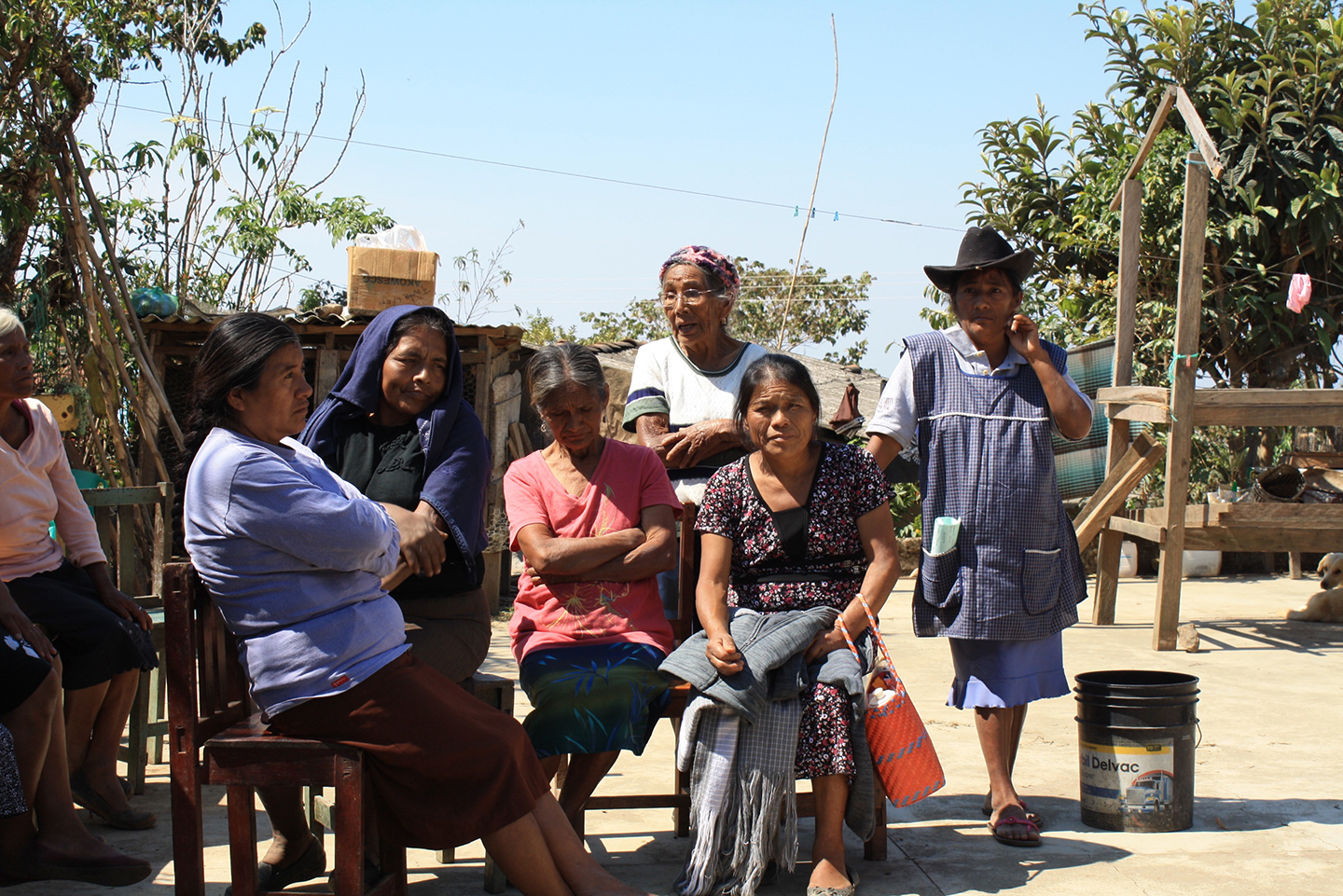
The main factors that affect cost of production for producers are the size of the farm, the varieties and yields on a particular farm, transportation costs, processing costs, and the labor laws that govern the region. Towards the middle of the supply chain, similar factors apply over top of this, namely the costs faced by importers (often affected by their size and operating costs) and how much margin they make over top of those costs in order to sustain their business.
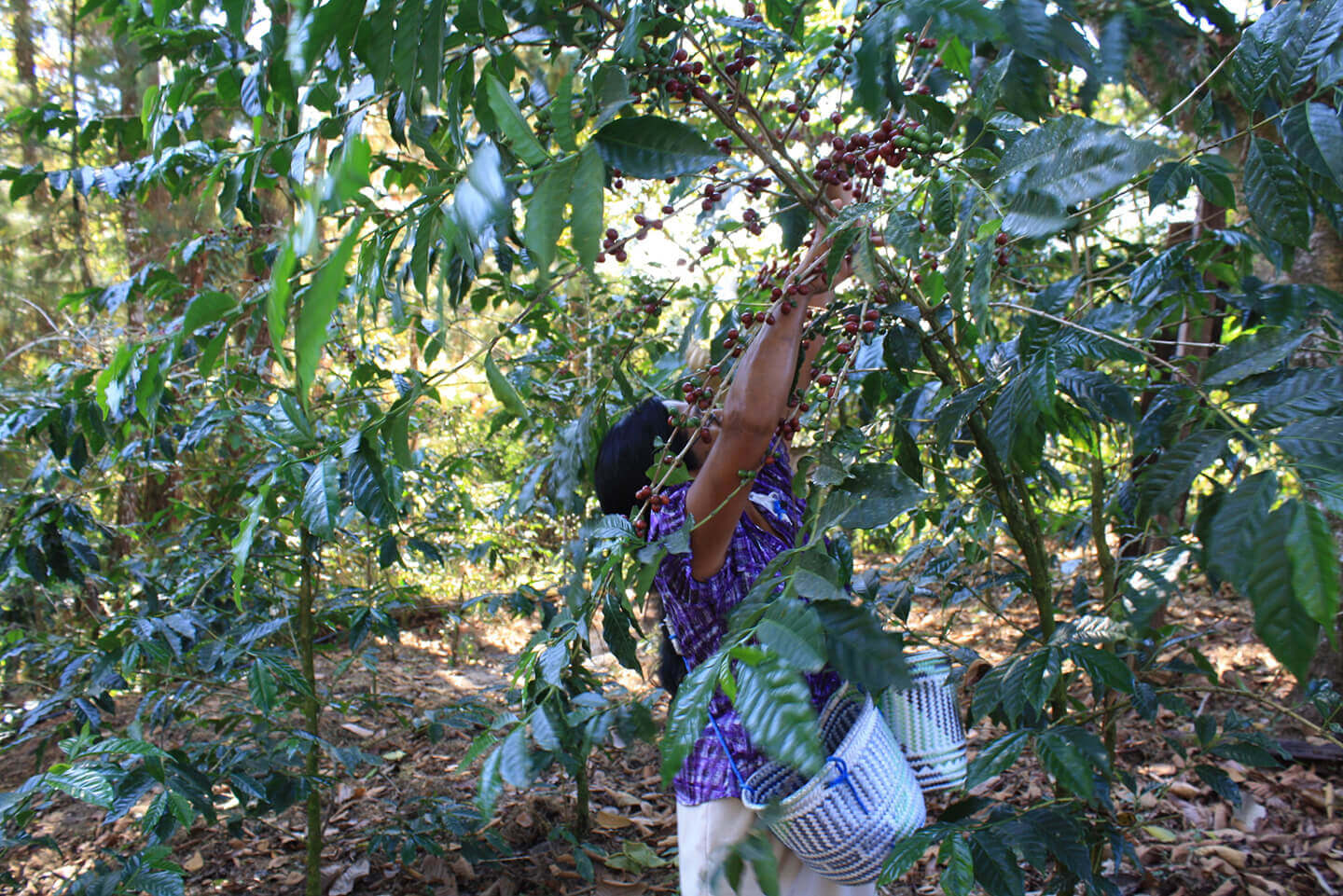
Farm-side, the size of the farm has a huge impact on cost of production. Most farming equipment expenses are fixed, costing a certain amount upfront regardless of how much coffee the farm produces, so large estates benefit from economies of scale that smallholder farmers (most of the farmers we work with) can’t access. On top of that, certain varieties yield more coffee per year than others, meaning that for the same amount of planting and harvesting work, farmers get a smaller volume.
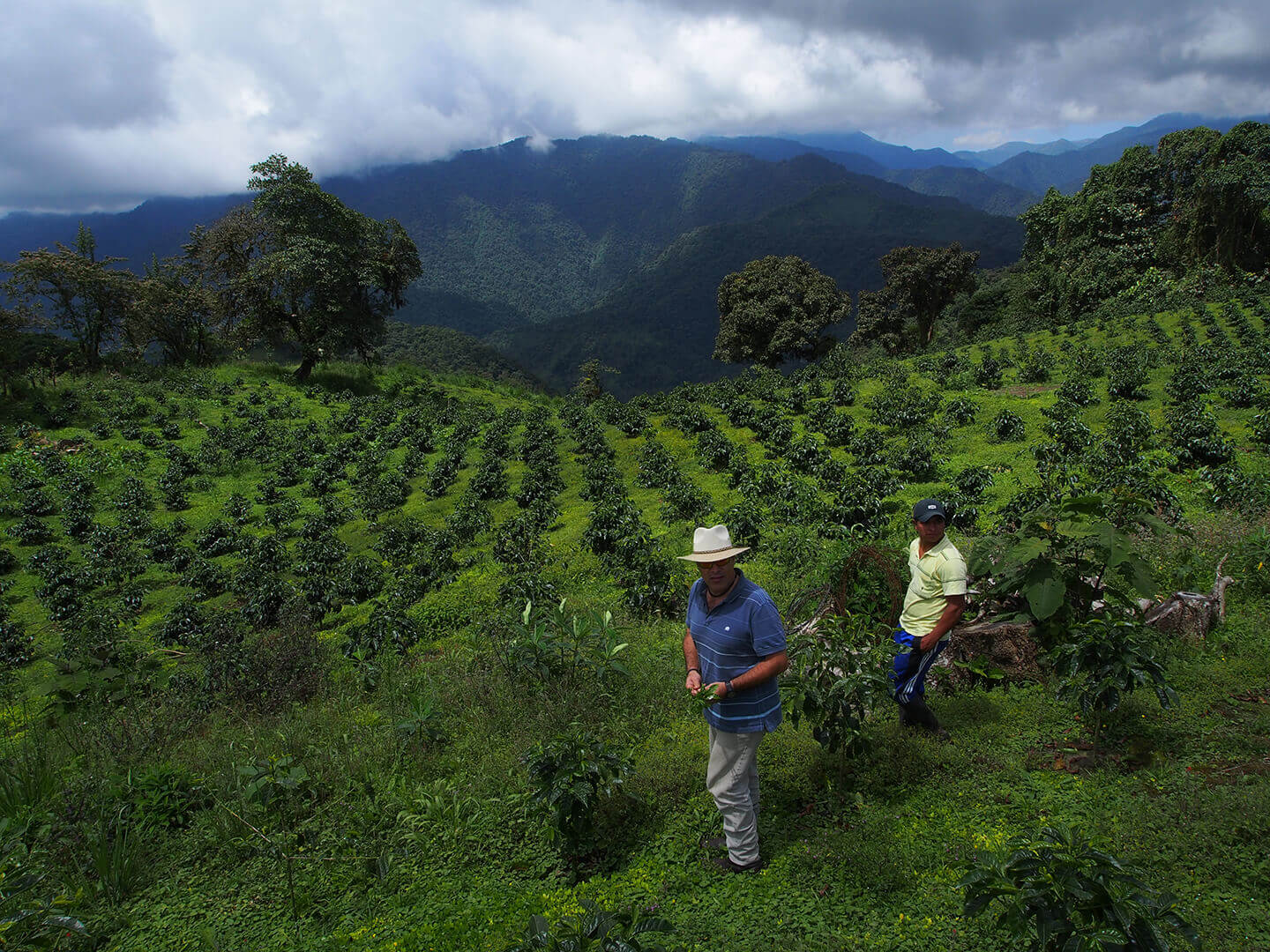
Transportation costs also change from region to region, adding significant cost to producers in more remote areas (again, most of the farmers we work with), and similarly, milling and processing costs vary depending on producers’ setup and infrastructure.
Last but not least, labor laws have a huge impact on producer costs: for example, in Ecuador where all full-time employees are paid a minimum wage in addition to health care and paid time off, costs of production (rightly) go up.
Towards the middle of the chain, size and operating costs have similar impacts. Smaller importers face higher overhead through lacking the same economies of scale; for instance, importers who don’t have their own warehouses pay for warehousing through third parties, costs that are significant and that larger importers don’t incur.
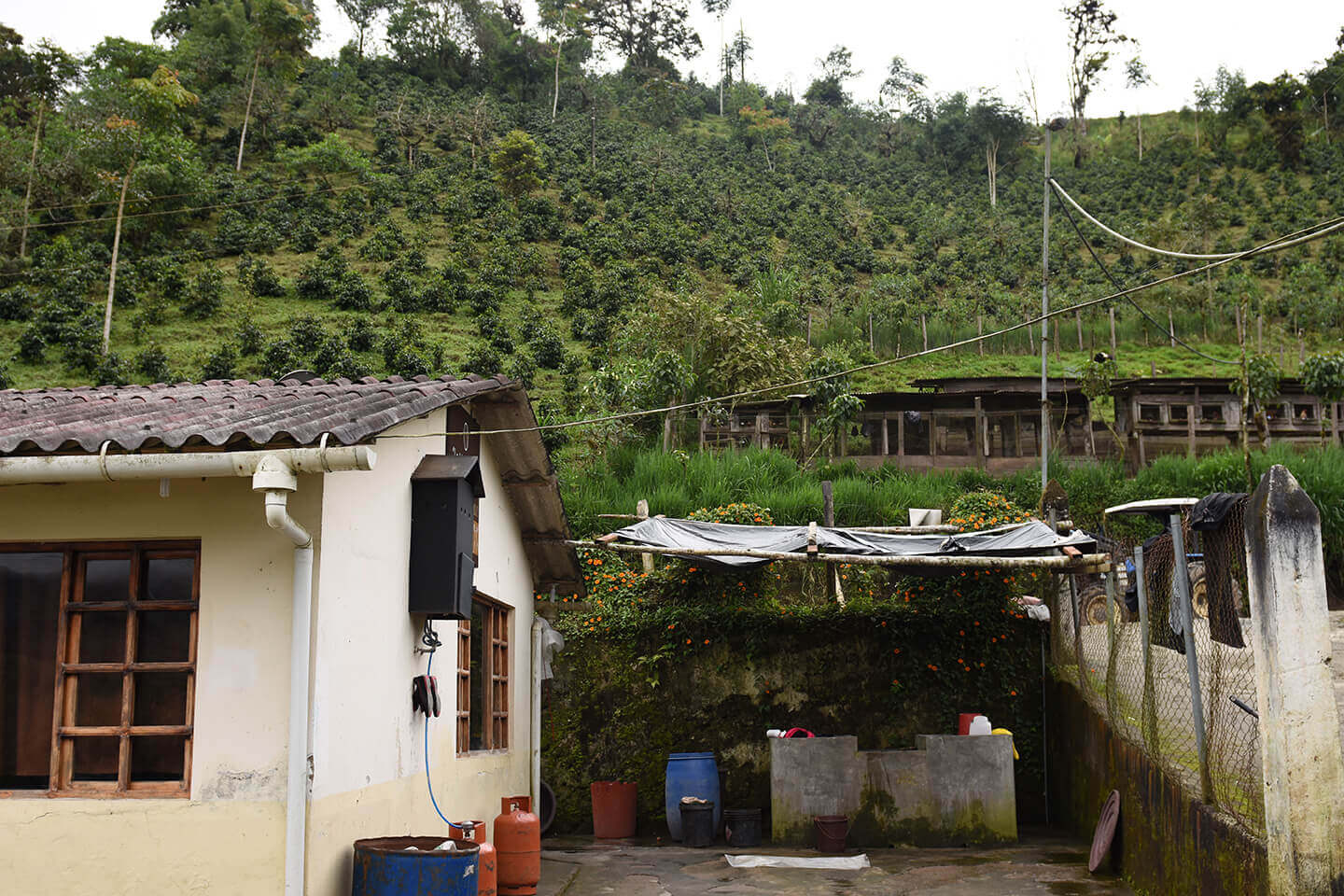
Another factor that affects overhead is how much work goes into coffee selection. For instance, since we work primarily with smallholder farmers, we might cup through as many as 250 samples to form a container, whereas other importers will have cooperatives or producer groups bulk smallholders’ coffees into larger representative samples and may only need to cup one sample to put together one (or even more than one) container. On top of that, just like producers, importers have to set a margin around total costs so that they have money afterwards to pay other expenses and invest back into their business.
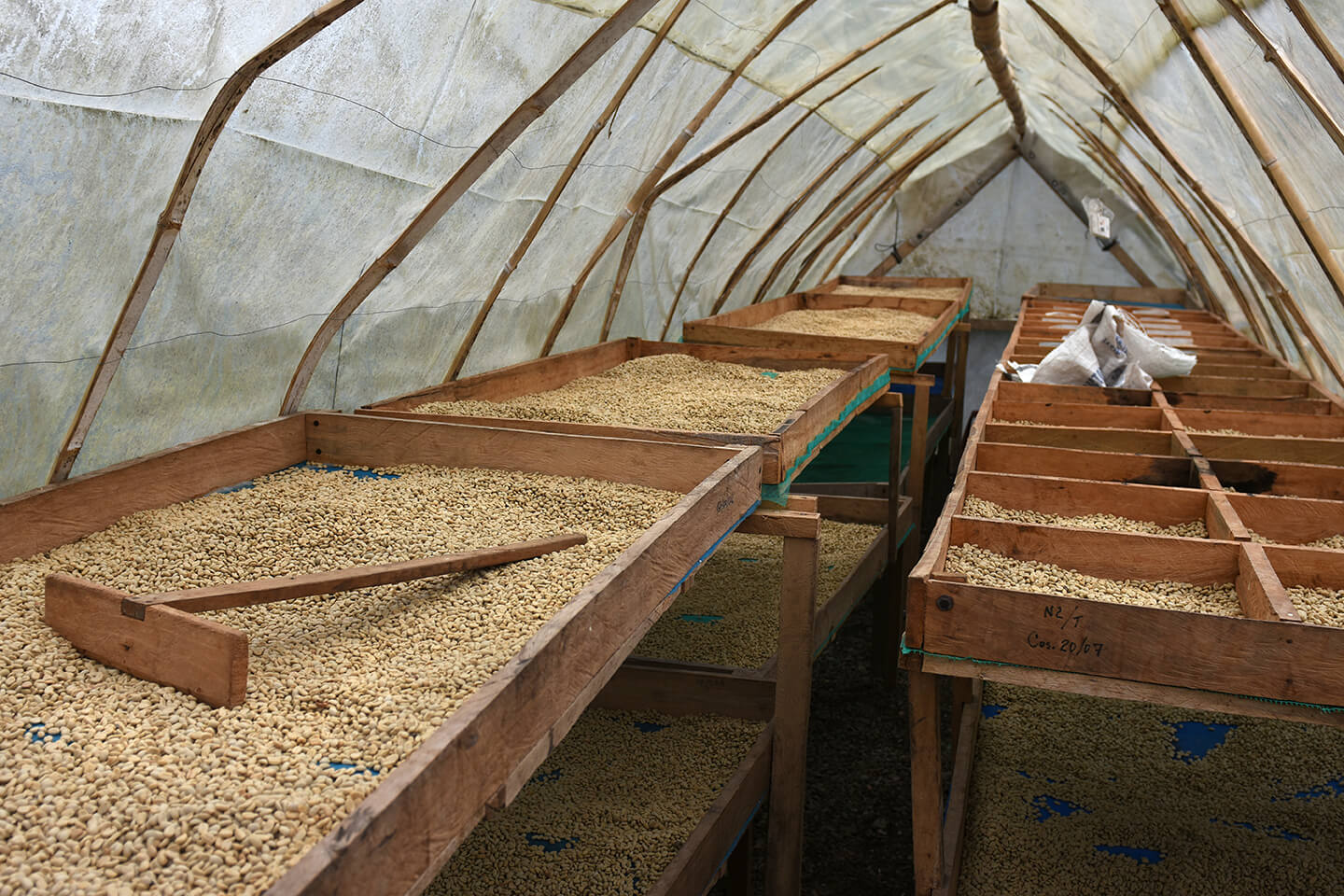
To learn more about the complexities of coffee pricing, take a look at Part 1 and Part 2, stay tuned for part 4, and part 5, which will cover the diversity of purchasing models and the influence they have on cost, and how to ask an importer the right questions to make sure your purchases fit your values.
By: RJ Joseph
